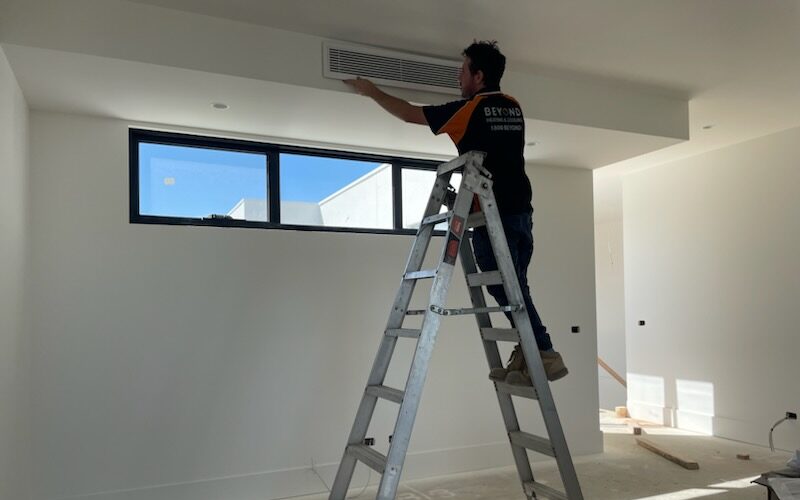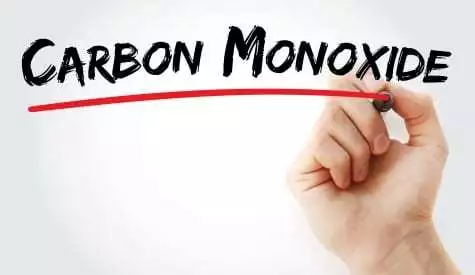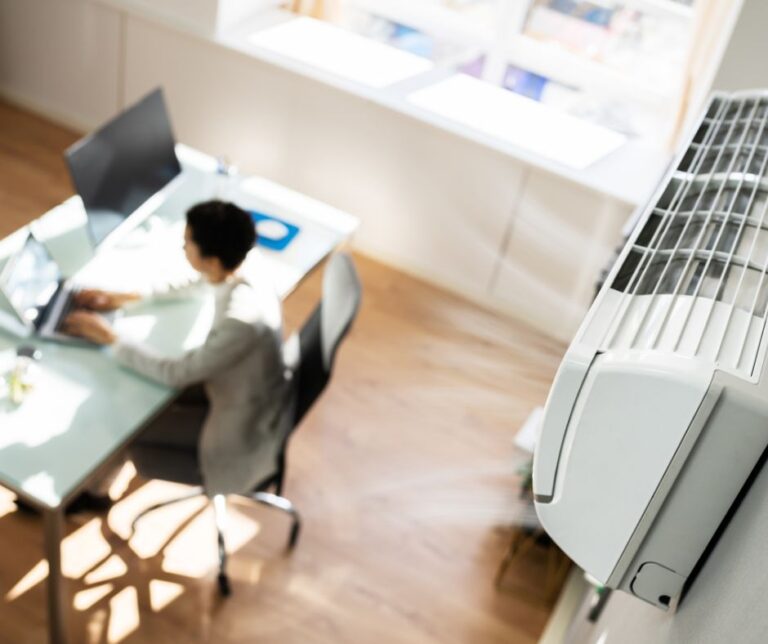Is My Home suitable to have ducted air conditioning installed
Considering Ducted Air Conditioning
When it comes to cooling your home efficiently and effectively, ducted air conditioning is a popular choice for many homeowners. This system provides consistent and comfortable cooling throughout the entire house. Before deciding to install ducted air conditioning, it’s important to understand the benefits it offers and the installation process involved.
Benefits of Ducted Air Conditioning
Ducted air conditioning offers several advantages that make it an appealing option for homeowners. Some of the key benefits include:
- Whole-house cooling: Ducted air conditioning systems are designed to cool the entire house, providing uniform temperature control across different rooms and levels.
- Energy efficiency: Ducted systems are known for their energy efficiency. By zoning your home and controlling the airflow to different areas, you can save energy and reduce your cooling costs.
- Quiet operation: Ducted air conditioning units are typically installed in a central location, which means the noise generated during operation is minimal. This allows for a peaceful and comfortable living environment.
- Aesthetically pleasing: Ducted systems are discreet, with only the vents visible in each room. This allows for a clean and unobtrusive look, without the need for bulky wall or window units.

Understanding the Installation Process
The installation of a ducted air conditioning system involves several steps to ensure optimal performance and efficiency. Here’s a brief overview of the installation process:
- Assessment: A qualified technician will assess your home to determine its suitability for ducted air conditioning. This includes evaluating the structural considerations, existing heating and cooling systems, and available space for ductwork.
- Electrical and plumbing requirements: Ducted air conditioning systems require both electrical and plumbing connections. An assessment will be conducted to ensure that the power supply, water supply, and drainage meet the necessary requirements.
- Ductwork design and installation: A suitable ductwork system will be designed based on the layout and size of your home. This includes determining the optimal placement and routing of the ducts to ensure efficient airflow throughout the house. Professional installation is crucial to ensure proper sealing and insulation of the ducts.
- Cost considerations: The cost of installing ducted air conditioning can vary depending on factors such as the size of the system, the complexity of the installation, and any additional features or technology included. To obtain an accurate estimate, it’s recommended to have on an osite visit so that your home can be correctly assessed. We take into consideration your floor plan, the height of your ceilings, your window placement and orientation, window coverings and insulation.
- Maintenance and upkeep: Once the installation is complete, regular maintenance is essential to keep your ducted air conditioning system running smoothly. This includes scheduling professional servicing and performing basic maintenance tasks yourself.
By understanding the benefits of ducted air conditioning and the installation process involved, you can make an informed decision about whether this cooling option is suitable for your home.
Consult with a professional installer from Beyond Heating and Cooling to assess your specific needs and ensure a successful installation.



Assessing Your Home
Before considering the installation of ducted air conditioning, it is important to assess your home to determine its suitability for the system. This assessment involves evaluating various factors such as structural considerations, existing heating and cooling systems, and available space for ductwork.
Structural Considerations
The structural aspects of your home play a crucial role in determining whether it is suitable for ducted air conditioning installation. Factors to consider include the type of construction, ceiling height, and the presence of adequate cavity space for ductwork. It’s important to consult with a professional installer who can evaluate these structural aspects and provide expert advice on the feasibility of the installation.
Existing Heating and Cooling Systems
Assessing your current heating and cooling systems is essential to avoid any conflicts or redundancies when installing ducted air conditioning. We are doing more and more swap outs of evaporative cooling systems with reverse cycle.
Available Space for Ductwork
Ductwork is a critical component of a ducted air conditioning system, and its installation requires sufficient space within your home. The availability of space will depend on factors such as the layout of your home, the presence of ceiling cavities, and any existing obstructions such as beams or other structural elements. Assessing the available space will help determine the most suitable duct layout and design for efficient airflow throughout your home.
To get a clearer understanding of the available space for ductwork, it is recommended to consult with a professional installer. They can assess your home’s specific requirements and provide guidance on the most suitable ductwork design, taking into account any space limitations.

Electrical and Plumbing Requirements
Before proceeding with the installation of a ducted air conditioning system, it’s essential to consider the electrical and plumbing requirements of your home. These requirements ensure the system operates efficiently and safely. Let’s explore the key aspects to consider: power supply, water supply, and drainage.
Power Supply
A ducted air conditioning system requires a dedicated power supply to operate effectively. The power supply should have the capacity to handle the electrical load of the system. It is recommended to consult with a licensed electrician to assess your home’s electrical capacity and determine if any upgrades or modifications are necessary.
The electrician will ensure that the power supply is properly connected and meets the electrical standards and regulations. This includes considering aspects such as wiring, circuit breakers, and safety switches to ensure the system functions optimally and safely.
Water Supply
Some ducted air conditioning systems may require a water supply for the cooling process. This is typically the case for systems with a reverse cycle refrigerated component. The water supply is used to facilitate the cooling process and maintain the system’s efficiency.
During the installation process, the professional installer will assess the availability of a suitable water supply and determine the best method for connecting the system to it. This may involve tapping into an existing water line or installing a separate water supply specifically for the air conditioning system.
Drainage
Proper drainage is crucial for the effective operation of a ducted air conditioning system. As the system cools the air, moisture is extracted from the air and needs to be drained away. This prevents the buildup of condensation and the potential for water damage.
During the installation process, the installer will assess the ideal location for drainage outlets and ensure that the system is properly connected to a suitable drainage system. This may involve installing dedicated drainage pipes or connecting to existing drainage systems in your home.
Ductwork Design and Installation
When it comes to installing a ducted air conditioning system, careful planning and design are essential to ensure optimal performance and efficiency. This section explores the key aspects of ductwork design and the installation process.
Designing the Ductwork System
Designing the ductwork system is a critical step in the installation process. It involves determining the layout and size of the ducts to effectively distribute conditioned air throughout the home. Factors such as the size of the property, the number of rooms, and the desired airflow must be considered.
To create an efficient ductwork system, professionals use specialized software that takes into account various parameters, including the heating and cooling load calculations, air velocity, and static pressure. This helps ensure that the system delivers the right amount of conditioned air to each room, creating a comfortable living environment.
Duct Placement and Routing
Once the design is finalized, the next step is to determine the optimal placement and routing of the ductwork. This involves identifying the most suitable locations for the supply and return air vents, as well as the paths the ducts will take throughout the property.
Professionals take into account the structural constraints, such as walls, floors, and ceilings, to minimize any impact on the aesthetics and functionality of the space. The goal is to create an efficient and aesthetically pleasing ductwork system that seamlessly integrates with the existing layout of the home.
Professional Installation Process
Installing a ducted air conditioning system requires the expertise of trained professionals. They have the knowledge and experience to handle the intricate tasks involved in the installation process.
The installation typically involves the following steps:
- Preparation: The installation team ensures that the designated areas for duct placement are clear and accessible. They protect the surrounding areas to minimize any potential damage during the installation.
- Ductwork Installation: The professionals install the ducts according to the planned layout. They carefully connect the duct sections, ensuring proper sealing to prevent any air leakage that could compromise system performance.
- Air Vents and Registers: The supply and return air vents are installed in their designated locations. These vents play a crucial role in controlling the airflow and maintaining a balanced distribution of conditioned air.
- Air Conditioning Unit Installation: The main air conditioning unit, often located outside the property, is installed. This unit is responsible for cooling and/or heating the air before it is distributed through the ductwork system.
- Controls and Thermostat Installation: The installation team connects the controls and thermostat, allowing homeowners to regulate the temperature and settings of the system conveniently.
By following an installation process that has been perfected over the past 15 years, Beyond Heating and Coolinhg ensure that the ducted air conditioning system is set up correctly, maximising its efficiency and performance.
Cost Considerations
Before proceeding with the installation of ducted air conditioning, it’s important to consider the various factors that can affect the overall cost. Understanding these factors and obtaining accurate quotes and estimates will help you make an informed decision about the installation process.
Factors Affecting Installation Cost
The cost of installing ducted air conditioning can vary depending on several factors. Some of the key considerations that can affect the overall cost include:
- Size of the System: The size and capacity of the air conditioning system required for your home will directly impact the cost. Larger homes may require more extensive ductwork, which can increase the installation expenses.
- Number of Zones: The number of zones or areas in your home that you want to be individually controlled by the air conditioning system can impact the cost. More zones require additional ductwork and zoning equipment, which can add to the overall installation costs.
- Ductwork Requirements: The complexity and length of the required ductwork can affect the installation cost. If your home has multiple levels, tight spaces, or architectural challenges, it may require more intricate ductwork, leading to increased expenses.
- Access and Location: The accessibility of the installation area and the location of the indoor and outdoor units can impact the cost. Difficult-to-reach locations may require additional time and effort from the installation team, which can add to the overall expenses.
- Additional Features: Optional features such as zoning controls, smart thermostats, and advanced filtration systems can increase the overall cost of the installation.
To get a more accurate idea of the installation cost for your specific requirements, it is recommended to consult with reputable air conditioning professionals who can assess your home and provide a detailed quote.

Obtaining Quotes and Estimates
To ensure that you have a clear understanding of the installation costs involved, it is advisable to obtain quotes and estimates from multiple air conditioning service providers. This will allow you to compare prices, services, and warranties, helping you make an informed decision.
When requesting quotes, provide accurate information about your home’s size, the number of zones you require, and any specific features or requirements you have. Be sure to ask for a detailed breakdown of the costs, including equipment, labor, materials, and any additional services.
It’s important to note that while cost is an important consideration, it should not be the sole factor in your decision-making process. Remember to also consider the reputation of the service provider, their experience, and the quality of their workmanship.
Maintenance and Upkeep
Once you have installed a ducted air conditioning system in your home, it’s important to prioritize regular maintenance to ensure its optimal performance and longevity. In this section, we will discuss the regular maintenance requirements, the importance of scheduling professional servicing, and provide some DIY tips for maintenance.
Regular Maintenance Requirements
To keep your ducted air conditioning system running smoothly, regular maintenance is essential. Here are some key maintenance tasks that should be performed on a regular basis:
- Cleaning or replacing air filters: Air filters in your ducted air conditioning system help to trap dust, pollen, and other airborne particles. Over time, these filters can become clogged, reducing the system’s efficiency. It’s important to clean or replace the filters according to the manufacturer’s recommendations.
- Cleaning the outdoor unit: The outdoor unit of your ducted air conditioning system can accumulate dirt, leaves, and debris. Regularly inspect and clean the unit to ensure proper airflow and prevent any obstructions that could affect its performance.
- Checking and cleaning the ductwork: Inspect the ductwork for any signs of damage, such as leaks or loose connections. Additionally, consider hiring a professional to clean the ductwork periodically to remove dust and debris.
- Inspecting electrical connections: Periodically check the electrical connections of your ducted air conditioning system to ensure they are secure and free from corrosion. Faulty electrical connections can lead to system malfunctions or even pose a safety risk.
Scheduling Professional Servicing
While regular maintenance tasks can be performed by homeowners, it’s also important to schedule professional servicing for your ducted air conditioning system. Professional servicing typically involves a comprehensive inspection and maintenance performed by trained technicians. Some benefits of professional servicing include:
- Thorough system inspection: Professional technicians have the expertise to identify any potential issues with your system that may not be apparent to the untrained eye.
- Optimal performance: Professional servicing helps to ensure that your ducted air conditioning system operates at its peak efficiency, providing effective cooling or heating throughout your home.
- Extended system lifespan: Regular professional servicing can help prolong the lifespan of your ducted air conditioning system by identifying and addressing any maintenance or repair needs promptly.
It’s recommended to schedule professional servicing at least once a year, preferably before the start of the cooling or heating season.
Your Tips for Maintenance
In addition to professional servicing, there are some maintenance tasks you can perform yourself to ensure the proper functioning of your ducted air conditioning system. Here are a few DIY tips:
- Keep the area around the outdoor unit clean: Regularly remove any debris, leaves, or vegetation that may accumulate around the outdoor unit. This helps to maintain proper airflow and prevent obstructions.
- Monitor and adjust thermostat settings: Adjust the thermostat settings based on your comfort needs and the outside temperature. This helps to optimize energy efficiency and prevent excessive strain on the system.
- Educate yourself on system operation: Familiarize yourself with the operation of your ducted air conditioning system. Understanding how to use the controls and settings properly can help you maximize its efficiency and performance.
By following up with professional servicing, and implementing some DIY maintenance tips, you can ensure that your ducted air conditioning system operates effectively and efficiently for years to come. See more about reverse cycle air conditioning or get in touch with our team to arrange an in home assessment








